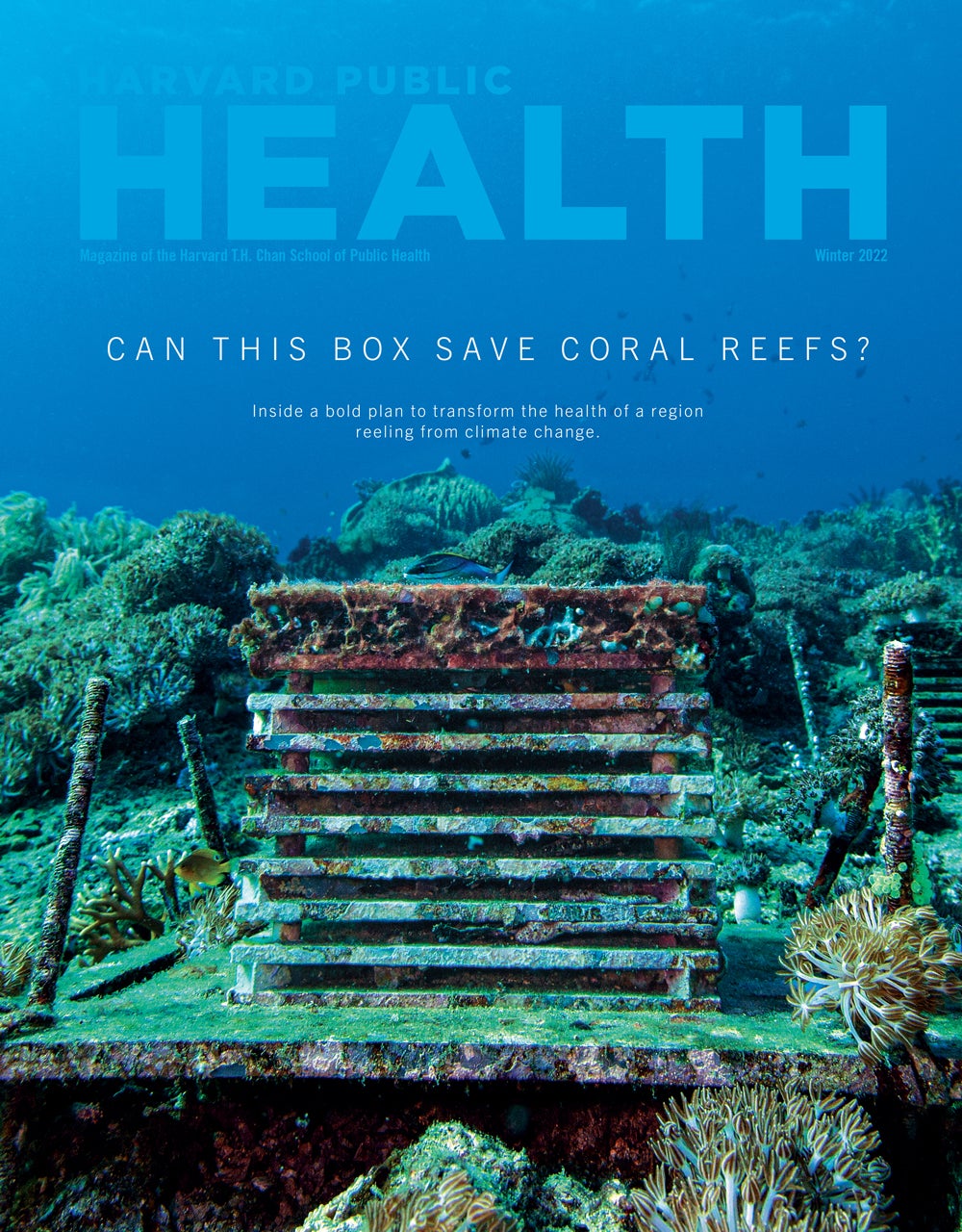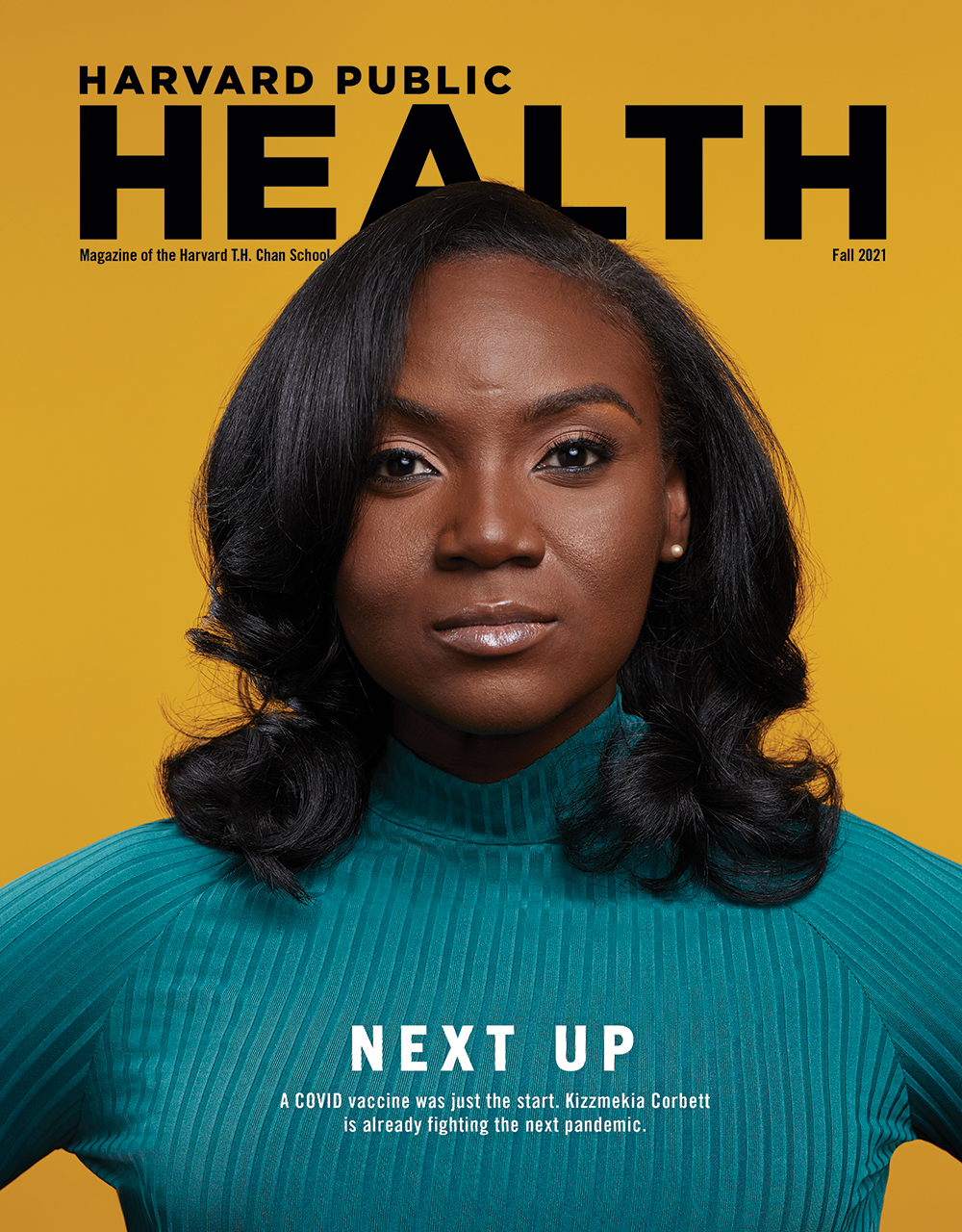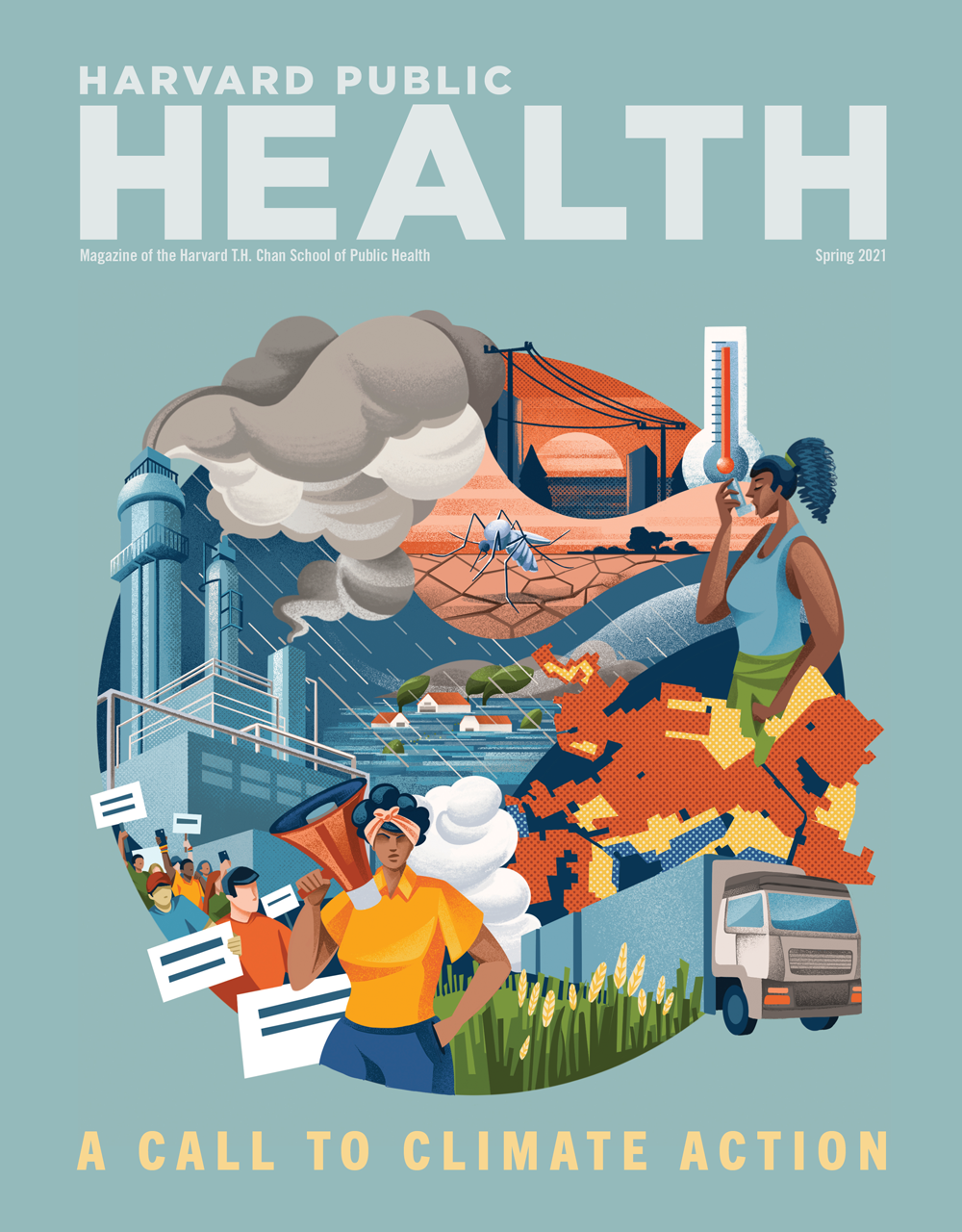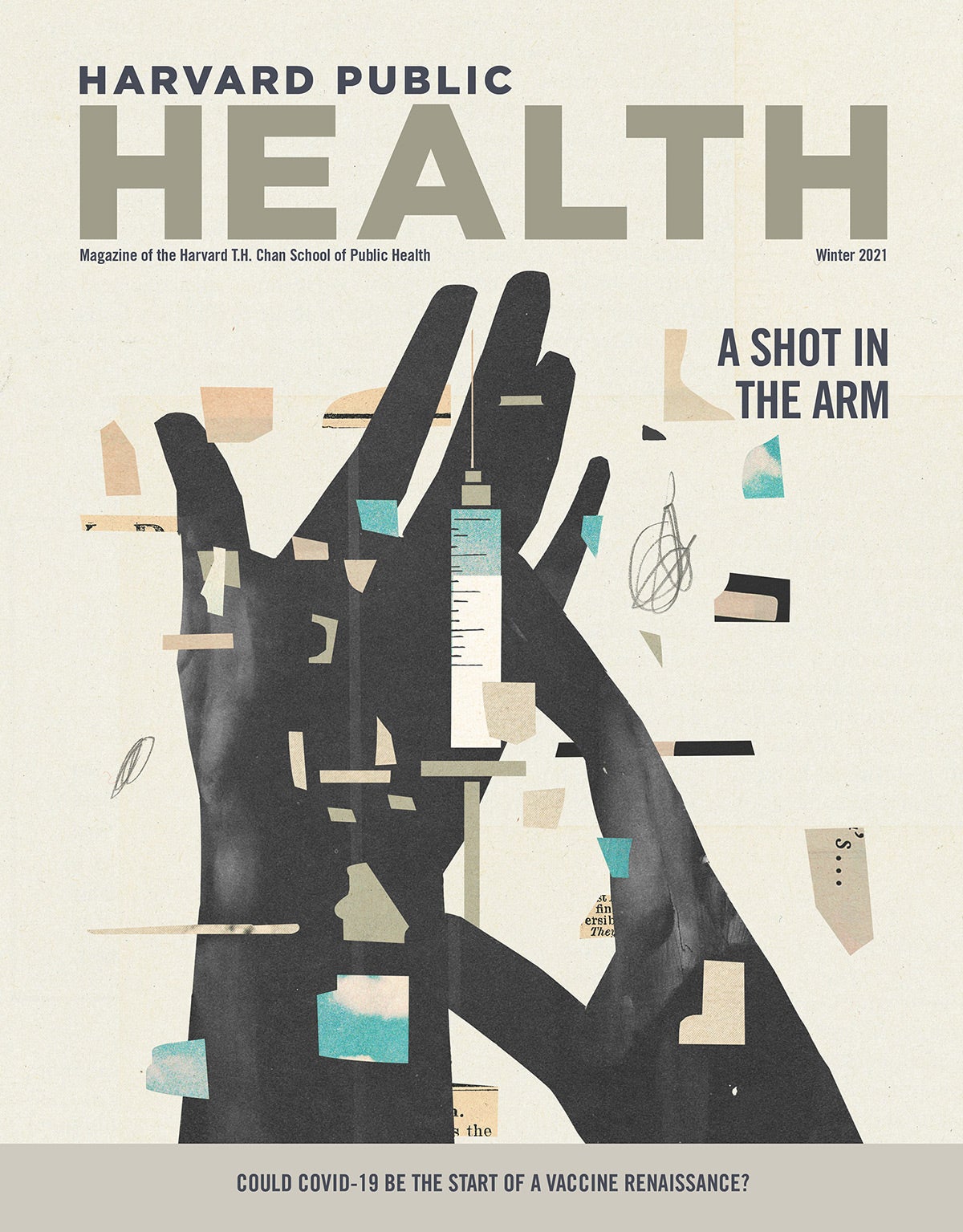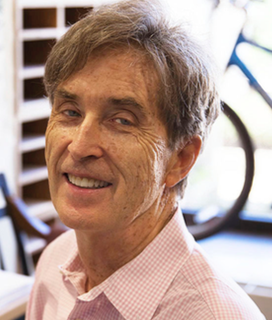 DAVID HEMENWAY PROFESSOR OF HEALTH POLICY DIRECTOR, HARVARD INJURY CONTROL RESEARCH CENTER
DAVID HEMENWAY PROFESSOR OF HEALTH POLICY DIRECTOR, HARVARD INJURY CONTROL RESEARCH CENTER
Orlando. Newtown. San Bernardino. Charleston. Aurora. Columbine.
The names alone conjure up the horror and the feeling of paralysis around gun violence in the United States. But wrenching as they are, neither the names nor the headlines nor the endless video loops convey the true toll from guns. No other high-income nation in the world comes close to America’s firearm death rate. In 2014, the most recent year for which there are government statistics, 33,599 people were killed by guns.
The U.S. gun homicide rate is 25 times higher than in other affluent countries; for 15- to 24-year-olds, the rate is 49 times higher. The firearm-related suicide rate is eight times higher. These disproportionately high gun death rates do not reflect America’s global ranking in overall homicides (112th in the world) or suicides (50th). While overall gun death rates in other affluent countries have dropped in recent years, rates in the U.S. have remained unchanged.
David Hemenway, professor of health policy at Harvard Chan and director of the Harvard Injury Control Research Center, has been studying gun violence since the early 1990s. Over the past quarter-century, he says, little in the public conversation about gun violence has changed. “We rarely have gun discussions in the United States,” he says. “We have gun debates.” He spoke recently with Madeline Drexler, editor of Harvard Public Health. What follows are some of his comments.
“When reporters call me about any particular gun issue, I can tell them a few things. But once they push at all, I can’t tell them much more. I just say, ‘Here’s what I think, and it seems to make sense, but there are no good studies.’ What do we know for sure? Just a few things. We know that a gun in the house increases the risk of suicide—the scientific evidence is overwhelming. We know that a gun in the home increases the risk that someone in the home will be accidentally shot. And a number of studies very persuasively show that guns increase the risk of a woman in the house being murdered. That makes sense, because women usually are murdered in the home, and they’re often murdered by their husband’s or their lover’s or their ex-lover’s gun—it’s the man’s gun almost always.
I believe that the recent tragedies in the headlines—the mass killings, the killings by police, the killings of police—are strongly affected by gun availability and by weak gun laws. We conducted one of the few studies about police being killed on the job. We found that a higher percentage of police are killed in some states than in others, and the key factor isn’t crime levels—it’s gun availability. When police are killed, they’re getting killed by guns. Often they are killed during domestic violence calls. If the house is in a state like Massachusetts, where few people own guns, there’s yelling and screaming and alcohol, but the police aren’t in as much danger of being shot and killed. In states where most households have guns, the police are at higher risk of being killed.
We know far too little about almost every subissue in the gun discussion. We don’t know whether the federal assault weapons ban—it only lasted 10 years, from 1994 to 2004—had any effect on mass killings. We don’t know the effect of most individual gun laws, in part because the effect is probably small, since the laws are often so minor or full of loopholes.
In terms of homicide, we know that a gun in the house is bad for women, but is it bad for men? There are few convincing studies. While women are usually murdered at home, often with the gun that’s in the home, men are mostly killed outside the home, with somebody else’s gun. Which leads to the question: What is the effect of carrying a hidden gun or of concealed-carry laws? If I’m walking around with a hidden gun, does that put me at lower risk because I can defend myself, or at higher risk because I put myself in more dangerous situations? We don’t know.

We lack good data on nonfatal shootings. We know very little about gun theft or gun training, about gun storage or gun shop practices, about the effect of guns on college campuses or guns at work. The list goes on and on.
There is a dearth of research because there’s a dearth of funding. The Centers for Disease Control and Prevention largely shut down its small firearm research funding beginning in 1996, when the National Rifle Association persuaded Congress to cut the agency’s funding if the agency did anything the gun lobby might possibly construe as promoting gun control. The National Institutes of Health has funded little gun research. The National Institute of Justice supports only a tiny amount. Private foundations haven’t stepped up. No one wants the hassle. This lack of funding hits hard in soft-money schools like ours.
There’s no question that if there were no mental health problems, if no one had anger or alcohol problems, we’d have less violence. If we had less poverty and inequality, we’d have less violence. If we didn’t have racial tensions, we’d have less violence. If we had better education and better parenting, we’d have less violence. But the fact is, we also have a gun problem.
Look at any other developed country. They do much better than we do at preventing gun violence. It’s not that they have fewer mental health problems or fewer violent video games or less moral decay. It’s not that they are less violent or less crime-prone. It’s that with stronger gun laws—with universal background checks and waiting periods and sometimes even notifying a spouse or ex-spouse that someone is planning to get a gun—they’ve made it much harder for the wrong people to gain access to guns.
It used to be that after a mass shooting—Columbine, for example—I’d get phone calls from reporters for two days. Then I wouldn’t hear from anybody until the next mass shooting. Now reporters email and call me all the time: ‘I’m doing this article on this aspect of the gun problem. What does the science say?’ Mostly I tell them, ‘Well, there’s one study, and it’s not quite on point, but at least it’s something.’ It’s frustrating not to have the data, but I’m encouraged by the drumbeat of media coverage. Reporters are staying interested. Gun violence prevention isn’t new, but it’s finally considered news.”
